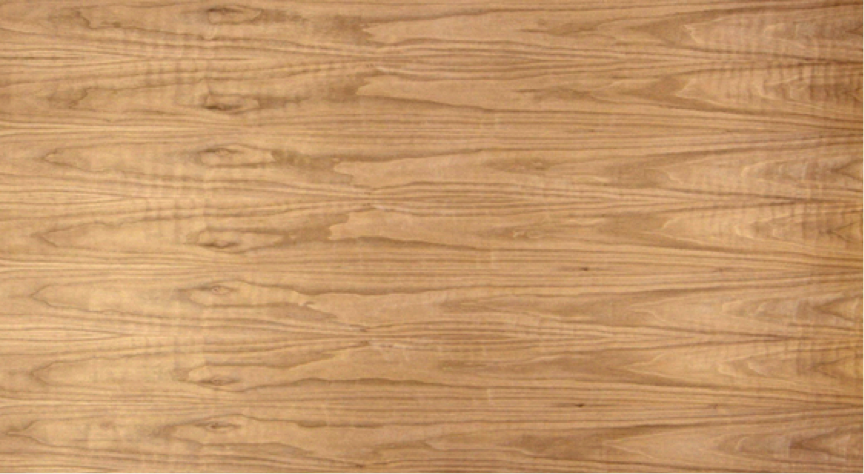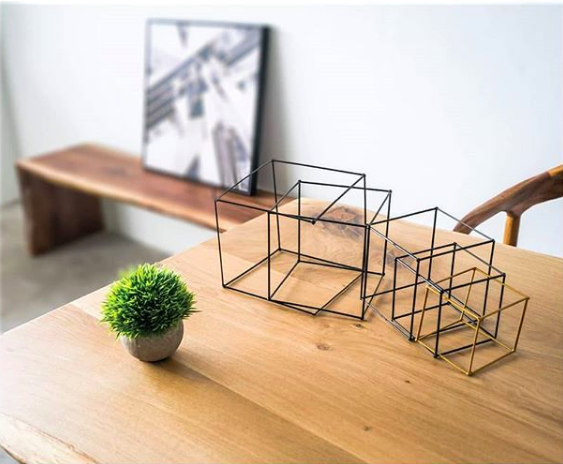How To Identify Authentic American Walnut Hardwood (2021)
In recent years, the American Walnut has become a very popular choice of wood for natural live edge furniture. The gorgeous dark brown colour and unique grains of the wood is definitely a perfect addition to any home. However, it is not as easy to be able to tell what is an authentic american walnut, and our discerning customers have been pointing out that American Walnut slabs look very similar to Suar wood. As such, let us give you a quick crash course to identifying authentic American Walnut!
1. Solid Wood Check
First and foremost, always confirm that the material that you are looking at is indeed a solid piece of wood, and not a man made composite or manufactured wood. To do so, check that the grains along the sides and ensure that they are continuous.
Manufactured wood such as Medium-density fibreboard (MDF) and particleboard do not have the endgrain of real wood. This makes them easily distinguishable.
Example of a solid wood where the grains run along to the sides and ends
Example of a manufactured wood where the grains are not continuous to the side

Another obvious characteristic is that the wood has a uniform repeating grain pattern. This highly suggests that it is a veneer, where a thin layer of real wood (usually less than 3mm) is peeled from a tree and attached to a substrate.
Example of a Veneer with uniform repeating grain pattern

2. The Size of American Walnut
Real walnuts do not grow wide. If the piece of wood slab you are looking at is too wide, it is probably not an actual walnut. The width of any single slice of American walnut that is consistent enough for dining table is usually nothing more than 70-80cm. For this reason, it is common to have American walnut tables to be jointed in 2-3 pieces that are symmetrical (BookMatched), to achieve a look very close to a single piece, but made practically wide enough for dining use.
A beautiful piece of BookMatched American Walnut. Check out this piece here:
If you are on a tighter budget, we do offer American walnut in 6 (Hexo) pieces, which still sufficiently retain the same grandeur and semblance to a single piece. We are proud to say that for a same price, it would get you 10-15 pieces joints out in the Singapore furniture market, which is definitely not as aesthetically pleasing.
A beautiful piece of Hexo American Walnut. Check out this piece here:
3. Grains of American Walnut
American walnut generally has straight and tight grains, often with attractive swirls and wave patterning that come in the form of wood knots, burls and curls.
Grains of a American Walnut slab

You may notice that it is similar to the Suar wood, which is often marketed as South American Walnut, as they are from the same family. However, they are essentially different in terms of durability and aesthetic value. In fact, Suar wood is called rain tree in Singapore (Yes, it is the ones you see along roadsides but they don’t bear walnuts, do they?).
4. Colour of American Walnut
Last but not least, it is the defining colour of an American walnut. The outer layer, the sapwood, has a creamy yellow-white colour whereas the inner layer, the heartwood, ranges from a golden brown to dark chocolate brown colour.

However, this is not as useful because other woods can be stained to walnut colour, and walnut if stained can vary greatly in shades. One sure way to tell is that a light colour wood is definitely not walnut!
Check out here if you like light colour wood instead!

Conclusion
Well, that is quite a bit of information doesn't it? To put it simply, 1st step, check if the wood is a solid wood. Next, the width of the American Walnut should not be too wide if it is one whole piece, but generally they are sold as joint pieces. Thirdly, the grains should be relatively straight and tight, with a few swirl patterns. Lastly, it should be a relatively dark brown colour!
